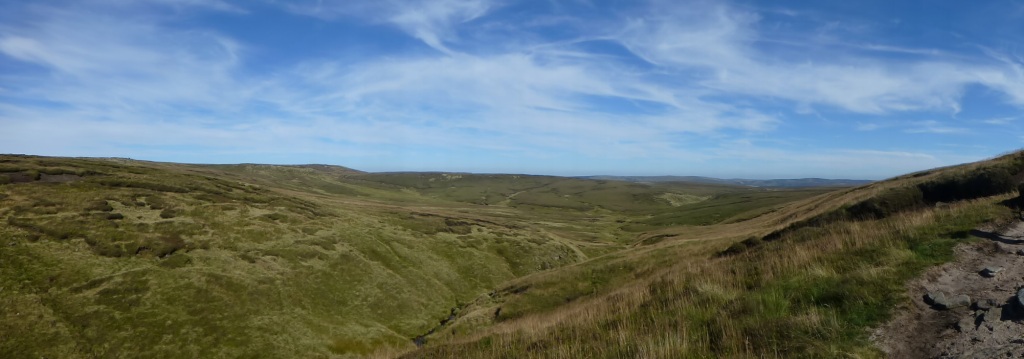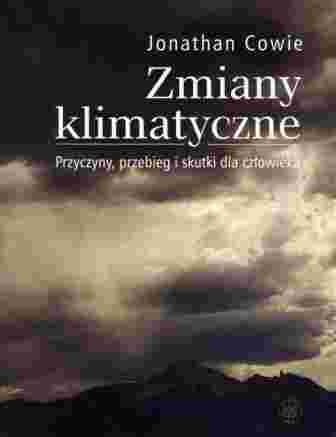|
Summer 2012 Sir Robert Watson is the latest to warn that we will miss preventing the Earth warming by 2°C target. This concern has been growing for some time now; indeed, I addressed this issue back in August 2009. Sir Robert Watson, former IPCC Chair and current senior science advisor at the Department of Environment, Farming and Rural Affairs, now warns: "To be quite candid the idea of a 2°C target is largely out of the window." This is the latest alert that we will exceed the 2°C limit of a number of warnings from 2010 onwards.
Summer 2012 The genre fiction writer Harry Harrison has died. At 87 this was not unexpected but it is, such is his standing, nonetheless a loss to the SF community. Harry is well known for many of his works, but for me it is his 1966 novel Make Room! Make Room! that was a life changing classic (indeed its publishers have re-issued it as a 'Modern Penguin Classic'). 'Life changing' because back in the 1970s I was wondering what to study at college with three A-levels in chemistry, physics and zoology -- science was clearly calling. However it was my chemistry teacher (and his school morning assembly topic on oil depletion) together with my geography teacher's screening in a film appreciation class of Soylent Green (loosely based on Make Room! Make Room! but with a different twist ending) that propelled myself into environmental science. Now, aside from science I have a side interest in science's relation with fiction and society. As the years went by some of these other genre fiction activities brought me into contact with many writers including Harry. And so he wondered (when he signed my copy of Make Room) "Should [I] have read this...?" I always wanted to publicly acknowledge how Harry's work had pivotally influenced my life and so I dedicated the second edition of Climate Change: Biological and Human Aspects to him. Unfortunately I was just weeks too late: my book was at the page proof stage when I received the sad news the day he died. A copy is though going to his daughter Moira (who is herself a life scientist, though on the biomedical rather than environmental science side). This dedication is appropriate in more ways than one. Harry himself dedicated Make Room! Make Room! to his daughter and son Todd with the words 'For your sakes children, I hope this proves to be a work of fiction.' As it happens I know the novel inspired some to do their small bit to ensure that it was, albeit this 'ensurance' itself is a work in progress. Whether there are sufficient numbers of us doing enough still remains to be seen...
+++ Though the film Soylent Green is very different to the novel Make Room! Make Room, elements of the plot and the extreme environmental set-up is the same. Indeed of the film Harry did like the Charles Braverman two-minute opening introductory set-up that you can see for yourself on YouTube.
Summer 2012 Royal Society Summer Exhibition 2012. Once again a few of us associated with Concatenation's Science Fact & Science Fiction genre website went to the Royal Society summer exhibition. This event is on each year for a few days and, as one of the best science communication events in Britain, is well worth visiting. The event centres around over a dozen exhibits from different areas of science with the actual researchers on hand to explain things. You can count on there always being something to interest almost everyone. This year there is even a short promotional video on YouTube and if you missed it this year then why not put a note in your diary for 2013 to check out next year's event (usually held sometime May-July).
Summer 2012 Goodbye BBC Bush House. Well, it is the end of an era. Thursday 12th July 2012 saw the BBC end its World Servce operation at Bush House on The Strand in London. Of personal note to some of us on the Concatenation team, we will remember visits to Bush House to broadcast to Romania (1995) and Hungary (2001). In addition there were other science as well as SF World Service broadcasts from Bush House including (with items lasting over 15 minutes) coverage of the 1984 European SF convention (Eurocon in Brighton) and the 1994 International Ecology Congress (Intecol at Manchester University). Of SFnal note, Bush House was reputed to be the inspiration for George Orwell's 1984 (1949) 'Ministry of Truth'. The good news is that the BBC's World Service continues back at its original home (from which it originally moved due to World War II) at Broadcasting House off Portland Street.
Summer 2012 Two consultation responses made.
1) NERC climate research, and 2) House of Commons Science & Technology Select Committee stakeholder, consultation. In-between a lull in Crossness press activity, copy-editor liaison for the 2nd edition of the Cambridge U. press book, waiting for a TV documentary production memorandum of understanding, and putting off the season's filing, there was time to respond to two consultations. The first relates to NERC's (Natural Environment Research Council) forthcoming 4-part draft Joint Weather & Climate Research Programme. All good stuff, though some prioritisation is possible and the palaeoclimate potential lessons and research seem to be omitted. It was also an opportunity to nudge NERC to facilitate making climate research raw data publicly available: at the moment the easiest research data sets to freely access are from N. American institutes and agencies. The second consultation was an Commons S&T Select Committee stakeholder utility audit, and it was good to see one being done.
Summer 2012 Our cousin, fiction genre website, SF2 Concatenation, has just won another award for which the Concat' team are truly appreciative. The team consists of a score or so and are nearly all scientists, technologists, engineers or mathematicians (STEM graduates) who enjoy genre fiction. SF2 Concat' has now (2012) been going for 25 years, so for us the award from the European SF Society (coincidentally on its own 40th anniversary) at this year's Eurocon in Zagreb, Croatia, was a welcome birthday treat. Alas none of the core team were at Zagreb, but Martin (himself a computer programmer and biomedical diagnostic technician hence appropriately STEM qualified) kindly picked up the award for us. The award was for 'best website' and this is particularly a double honour for us. First, 2012 is the first year the Eurocon Awards have had a 'best website' category (in addition to author, publisher, artist, etc.) and so we are pleased to have broken the ice. Secondly, our cousin website is very largely text-only with deliberately minimal stylistic add-ons, which means that the award given us has largely to be due to the site's information content. Such discernment is rare in an age where image, mission statements and branding are the rage. ESFS is committed to promoting Science Fiction in Europe and European SF worldwide. Every year the ESFS grants awards for the outstanding contribution to the genre at the European level. The awards' design is different each year and determined by the host country. This year's Croatian design was a green glass plaque with the etched Glagolitic letters: 'ESFS Kontact Award 2012' (sic). The award is determined by vote of European nation delegates: two per nation to prevent any national bias.
Spring 2012 The manuscript of the 2nd edition of Climate Change: Biological and Human Aspects has been handed in to Cambridge University Press. In the end the target word count was broken reaching nearly 300,000 words and there are now around 90 diagrams. I notified my CUP editor of the likely change to the book's size months earlier before Christmas and he was most understanding, especially as the early notification enabled him to re-do the production budget. And now it is a wait until the initial copy edit comes back, and then there will be the proof edit and indexing. The book has a nominal publication date at the beginning of 2013 but advance copies might be available before then. Life will be more mundane for a few months but preliminary discussions have taken place as to a book on carbon isotope excursions. Meanwhile there have been no public appearances save for the participation on a panel on geo-engineering at the 1,200-strong Olympus2012 genre arts event down in London. As the other climate science person (purely coincidentally from Cambridge U.) was ill that day, I was the only scientist on the panel: the others were genre fiction writers. +++ Yet another paper (this time in Nature geoscience) has been published (see the bottom of the 'Stop Press' list) confirming my feeling expressed in 2009 that we cannot keep global warming to within 2ºC above pre-industrial temperatures. For once, no pleasure in being on the ball.
Autumn 2011 / Spring 2012 It's heads down with the 260,000-word revision and expansion (a further 50,000 words plus 30 diagrams) of the 2007 climate mammoth text with a February 2012 deadline. Nonetheless there was still all-too-brief time out for continuing professional development with a British research group Methane Net symposium (that also provided new material for the book) and a symposium on Earth-like planets organised by the Royal Astronomical Society. (Got to keep the exobiology talk bang up-to-date.) The latter was co-convened by University College London's Lewis Dartnell (with whom a couple of years ago I gave a public understanding of science presentation to SF London at a London West End cinema). +++ Sad news that Lynn Margulis (whom I met at an Earth systems symposium cum NERC research programme launch earlier this year (see below)) has died aged 73. She made a pivotal contribution to our understanding of eukaryotic biological evolution.
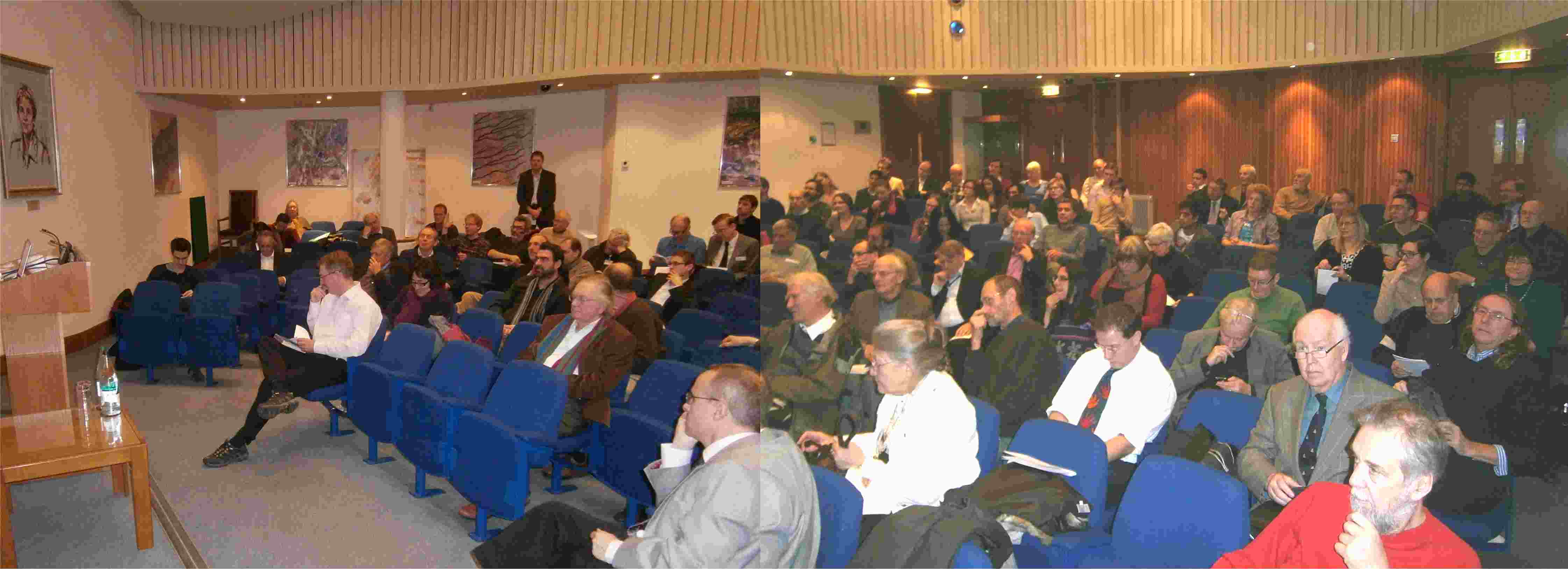 Royal Astronomical Society Exo-Earth symposium audience.
Royal Astronomical Society Exo-Earth symposium audience.
Summer 2011. Time for a jaunt to Sweden, for a break, to a European arts genre event with a dash of science at the Royal Institute of Technology in Stockholm (where unrelatedly Sweden constructed its first research nuclear reactor). As the welcoming reception was halfway between Stockholm's main rail station and my hotel, I took to walking and discovered what I thought might be glacial moraine: see, walking beats taking the underground metro. At the event I gave two of the more popular of my exotic science talks: 'Bioastronomy' and 'Exobiology 2.0', the latter being a way of sneaking in to the unsuspecting audience: shape-form-and-function; the tension between convergent and divergent evolution; and some Earth systems science. I also took part on a panel on peak oil. It all went well. The panel's moderator turned out to be a geologist and she confirmed that the geomorphology I saw on my walk from the station was indeed an esker. Good to know it still takes more than a city to hide decent geology from me, though in this case this Stockholm esker was a whopper. One of the delights of such genre arts events is that you get to meet so many people and from different nations. For me, among such encounters there was breakfast with the writers Ian MacDonald and (former computer scientist and pharmacist) Charles Stross. Of course I missed a number of others and only just managed to spend a couple of minutes with mathematician Hannu Rajaniemi but did get his stunning debut novel, The Quantum Thief, signed. Overall, 745 attended the event from 24 countries (including a couple outside of Europe). Of casual note, a few blocks away from the Institute is Stockholm's university and the road running on its northern boundary is named after the renowned chemist Svante Arrhenius. Arrhenius also worked at the Royal Institute of Technology. So for a few days it was great to be walking around the great man's old haunts.
Summer 2011. It's official: a new edition of Climate Change: Biological and Human Aspects is in the works. Yes, I know I mentioned last year that my editor at Cambridge University Press wanted a new edition, but what I did not realise was that despite sales and the (almost embarrassingly kind) academic reviews that the new edition would yet again have to go through the CUP peer-review process. This meant the to and fro of some paperwork but 6 months later the contract came through and it has now been signed. So the next edition is now official and the estimated publication date is New Year 2013. Meanwhile have to submit the manuscript by the end of this year (2011), so let's hope there are no major climate science developments in 2012: chance would be a fine thing. Meanwhile I have 260,000 words to sort out and 80 diagrams.
Summer 2011 Thames Riverside Gardens threatened. Development plans in the Thames Gateway are for the construction of buildings on Riverside Gardens (an area of land bequeathed the local community for public open space). A legal loophole (the words 'place in trust' are missing from the historic bequeathing document) means that the local government council wants to yet again (they did it before in the 1960s) build on more of the land. In addition to the park's environmental benefits, this is the last bit of public access land on that bank with a view of the Thames for over two miles into London! Meanwhile, back at the plot… So I get a call for an impromptu meet of some of those concerned as to the proposed planning blight. As it happened I had to be down in London that day for another project and so was able to pop along, and then former Mayor Ken Livingstone turns up. This is the second time I have briefly met Ken who, being into herpetology, in part shares my interest in biology. Less known is his interest in SF and indeed years ago we previously met in the green room at the 1987 World SF Convention in Brighton where the Nobel Prize-winning writer Doris Lessing, Hugo-winning writer Alfred (working class) Bester, and Brian Aldiss were its Guests of Honour. The Riverside event was a more serious gathering and Ken took an interest in the concerns without committing himself (understandably he had yet to see all the evidence before forming any opinion). But we are glad that he is at least aware of the issue.
Summer 2011 The British Library opens an 'Out of this World' exhibition. Now, as some of you may know, in addition to my work in science I am also interested in the science-and-science fiction interface (each helps enthuse the other and one is an adjunct to social comment on the other). So I did not need asking twice when invited to the launch of this, the British Library's latest, exhibition which has SF as its theme. Indeed the exhibition was guest curated by the Science Fiction Foundation based at Liverpool University and, for a few years prior to its getting its current academic home, I used to be a 'Friend of the Foundation'.
Spring 2011 'Life & the Planet' 2-day symposium and NERC (Natural Environment Research Council) research programme launch. Science rocks, at least that's how it feels (notwithstanding the Geological Society, Burlington House venue). This symposium was convened by Andrew Watson (U. East Anglia) whose take on Snowball Earths I concur, and Timothy Lenton (who spoke on critical environmental transitions at the symposium I convened last year and who has just moved down south to another university). The symposium was a heady tour of the Earth Systems Science research on biosphere evolution. Sir Crispin Tickell was there to encourage us, among a number of the usual suspects. In addition there was Lynn Margulis from the US (who developed the idea that eukaryotic cells have organelles whose evolutionary origins were prokaryotes (endosymbiotic theory)) and James Lovelock (who came up with the idea that the Earth's biosphere was a semi-self-regulating cybernetic system which was popularised as Gaia Theory). Now I first read Lovelock's book not long after it first came out back when I was an undergraduate in the 1970s, and it seemed to make sense. Indeed as my studies progressed, his idea seemed to make more and more sense: the evidence was mounting. Of course it was controversial, but it was truly an honour when I was Head of Institute of Biology Publications in the late 1980s to be asked to get his copyright permission for a review of his theory for the journal Biologist: an article that resulted in letters of congratulations from Institute members as well as complaint that we were lending Institute credibility to a flight of fancy. Then in 2001 I wrote an article for Geoscientist introducing the new Geological Society specialist group on Earth Systems that arose from the former Gaia Society, and took the opportunity to address some of the misperceptions some scientists have of Gaia theory (Geoscientist, vol 11 (11), p16-7). James Lovelock kindly autographed that article for me. So over a decade later it was positively delightful to see him again. The 5-year NERC research venture being launched was the 'Long-term Co-evolution of Life and Planet' programme.
Spring 2011 Polish edition of my CUP climate book arrives. Yes, it took over a year (and the copyright date is 2009) but I have just received my author copies of the Polish edition of Climate Change: Biological and Human Aspects I did with Cambridge University Press back in 2007. This Polish edition comes courtesy of the University of Warsaw Press. I cannot understand a word of it, and goodness knows how the translator managed without consulting me? But I can say that the layout is rather good: dare I say it, better than the Cambridge University Press layout. And they used a different cover picture to Peter's that adorned the original 2007 edition: still looks nice.
Spring 2011 Crossness Engines gets mayoral visit. From the public's point of view not much has being going on at the Crossness Engines Trust, but that's because we are spending millions of pounds we have raised restoring the building and installing a new museum exhibition. Though quiet to the public, the previously restored Victorian steam pumps that ended London's Great Stink still get occasional visitors if the said folk are rather special and this spring we had two Mayors: the Mayor of Bexley and Mayor of Greenwich (the trust is on the border of these two boroughs). As I had not been on site for a year I travelled down and snapped the pic on the left.
Winter 2011. Many of the former Institute of Biology staff hold a reunion. And how much older we all are: a number of us are approaching retirement and a good few of us are already and some of these still working part-time. All who made it are doing well, though illness did sadly prevent one former senior staff member (1982-'88) from attending. However it was great to see so many and after a few hours we adjourned for a meal in (ironically for a science secretariat) the South Bank arts complex. In addition from catching up, there was some universal sensation at what has happened to the Institute since the turn of the century. Prior to that, for the best part of two years, we the senior management effectively ran the Institute in the absence of a General Secretary/Chief Exec, the books were balanced, membership grew to a record level and all was well. Move forward 12 years to today and particular concerns raised at the reunion included the on-going decline in Institute membership and the underselling of the 20-22 Queensberry Place, S. Kensington HQ in 2004 for a paltry few million. 'Paltry few' because despite the subsequent overall decline in London property prices, and notwithstanding the 2008/9 banking crisis, since then No. 20 Queensberry Place alone (half the former HQ) was (2010) on the market by its new owners for an eye-watering £12 million asking price: it looks like the IoB and its members could have lost healthy 7-figure sum! Fortunately the IoB has turned a leaf, changed its name (now it is the Society of Biology) and has a new Chief Executive, who is moving its HQ yet again, this time to rented accommodation with the British Ecological Society, and who is clearing out those officers involved with the former 'group think'. Hopefully stability if not growth will now ensue, but the Institute/Society of Biology in terms of accommodation, staffing and members size is now (2011) back to where it was in the 1960s. And so it goes…
New Year 2011: Carbon Isotope Excursion symposium cited by the Geological Society as one of its best events of 2010. It is always very pleasing when one's projects are appreciated. So it was a delight to see in Geological Society's (the professional and learned body for British geoscientists) 2010 annual report that both its President (Bryan Lovell) and its Executive Secretary (Edmund Nickless) separately cited the symposium, for which I was the principal convenor last year, as one of the Society's highlights of 2010. (The Geological Society (2011) Annual Review 2010, Lovell, B. p4 and Nickless, E. p5. The Geological Society: London. Accessible off this page https://www.geolsoc.org.uk/About/Annual-Review/Annual-Review-Archive.)
It was also cited as a highlight of the Society's year on its website. A gratifying start to the year.
(Incidentally some, whom have known me for my work for many years science publishing and policy analysis/lobbying with the Institute of Biology and as a Chartered Biologist (well, up until retirement), have asked me why I occasionally can be found with geologists. The answer is surprisingly simple. While I am by training an environmental scientist, and recently have returned to my postgraduate student day area of interest (the human ecology of energy resource use), I have what is called an Earth systems science approach to biology. Here, to properly understand how our biosphere works today, you need to know how the Earth system evolved over time and this is revealed in geological strata. Besides, if straddling biology and geology was good enough for Charles Darwin then it is probably good enough for little old me. Charles too was a Fellow of the Geological Society.)
For details see the symposia's abstract booklet and an archive page. Plus, of course, the top of last year's news page. The symposium held under the auspices of the Geological Society was run with the kind support from colleagues at the British Ecological Society: the latter being a learned (as opposed to a professional) body that was part of the biological affiliation of societies I serviced at the Institute of Biology up to 2003. And yes, I am a member of that too. Well a chap has to keep up to date with science's on-going march.
[Past news 2009/10]
[Current news ]
|
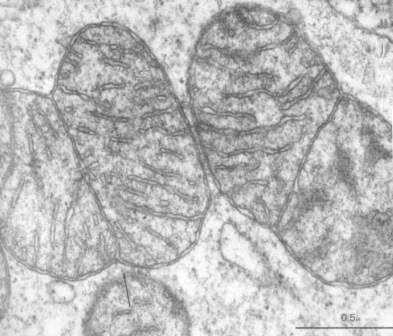
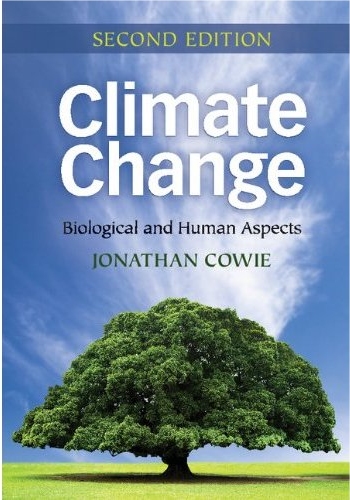







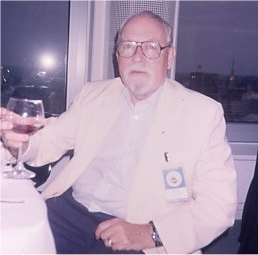



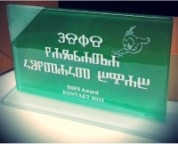
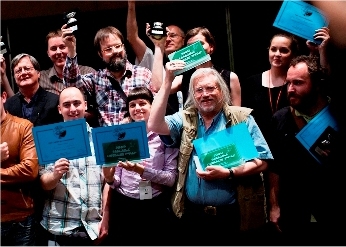

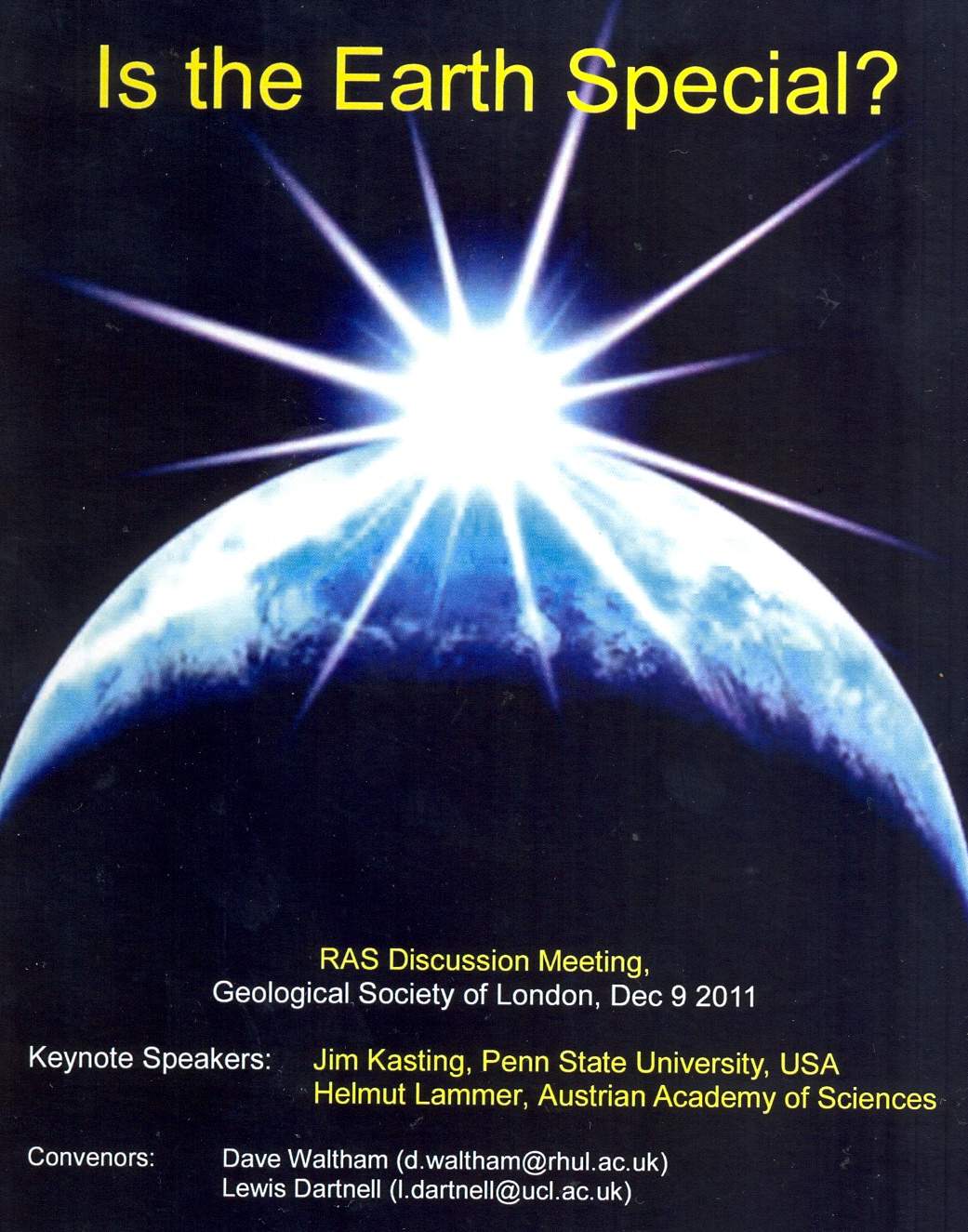



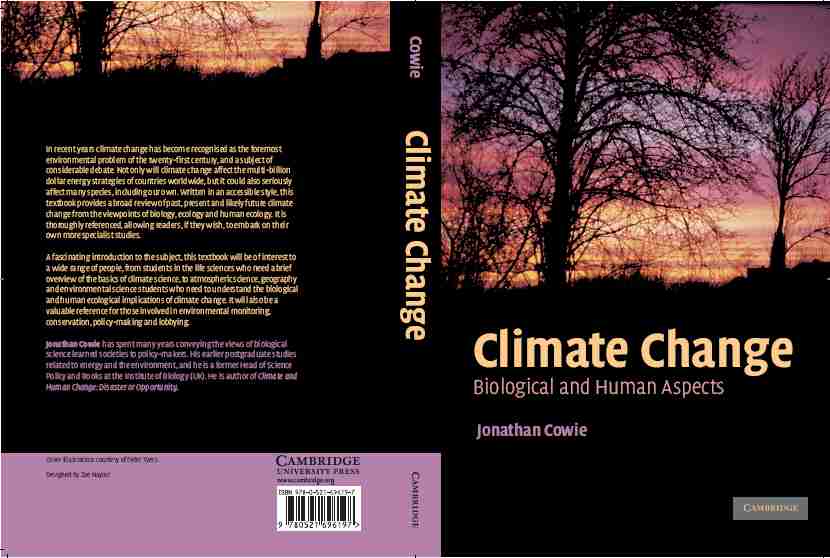


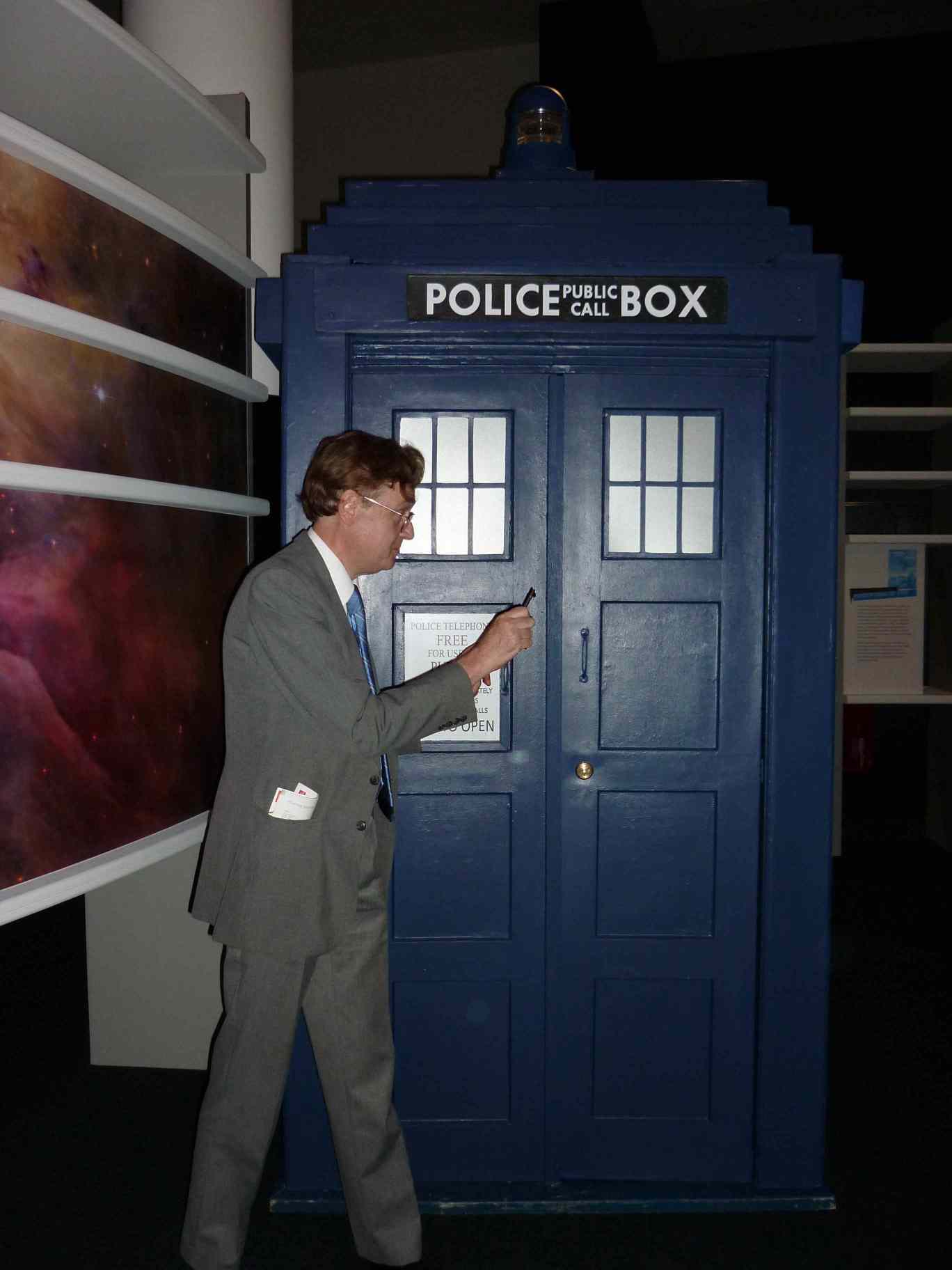
 Baroness Blackstone (British Library Chair Person) opening the British Library 'Out of this World' exhibition along with author China Mielville, who is visible with his back to the camera dressed in a black suit.
Baroness Blackstone (British Library Chair Person) opening the British Library 'Out of this World' exhibition along with author China Mielville, who is visible with his back to the camera dressed in a black suit.

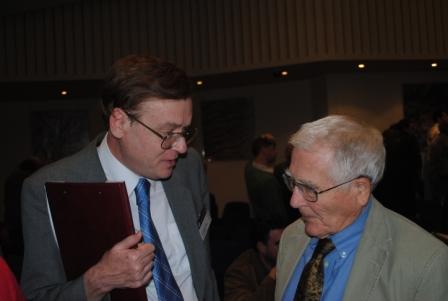



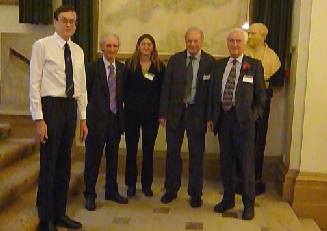 Jonathan Cowie (symposium convenor), Lord Robert May (former President British Ecological Society), Hazel Norman (Ecological Society General Secretary), Bryan Lovell (Geological Society President), Sir Crispin Tickell (Earth Systems Science Group of the Geological Society) at the Past Carbon Isotopic Events & Future Ecologies symposium, November 2010, of the Geological Society with support of the British Ecological Society.
Jonathan Cowie (symposium convenor), Lord Robert May (former President British Ecological Society), Hazel Norman (Ecological Society General Secretary), Bryan Lovell (Geological Society President), Sir Crispin Tickell (Earth Systems Science Group of the Geological Society) at the Past Carbon Isotopic Events & Future Ecologies symposium, November 2010, of the Geological Society with support of the British Ecological Society. If a CIE happened today then rhino's would be well suited to London's new climate, as would a tropical rain forest.
If a CIE happened today then rhino's would be well suited to London's new climate, as would a tropical rain forest.

